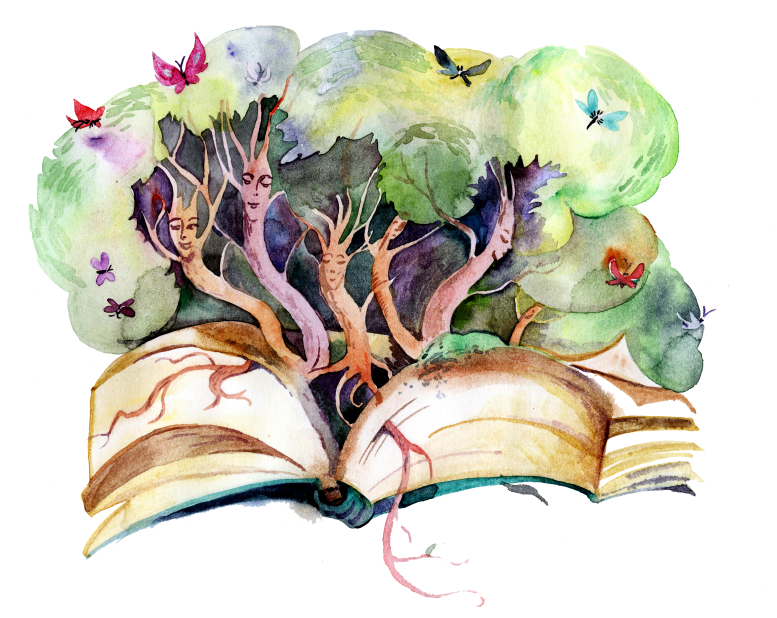When J. Allen Williams, Jr., was a boy in Chapel Hill, N.C., his mother loved to read the children’s classic The Secret Garden to him and his brother. The story, about an orphaned girl and her friends who restore an abandoned garden on an English estate, led Williams and his brother to dig and plant their own secret garden in the woods behind their house.
Williams, now an emeritus professor of sociology at the University of Nebraska at Lincoln, still remembers the experience fondly. He’s read The Secret Garden to his children and grandchildren, hoping to inspire the same sort of backyard adventures.
But The Secret Garden, bless it, was published in 1910. Where are its modern successors?
Williams, a specialist in environmental sociology, recently decided to track representations of nature in award-winning children’s books. With fellow researchers, he studied the nearly 300 books named as Caldecott award and honor books between 1938 and 2008, categorizing about 8,100 images. During those 70 years, the group found, images of natural environments in these well-known books steadily declined, while images of built environments steadily rose. Despite the rise of the environmental movement, images of both wild and domestic animals, and of interactions between people and animals, have also declined in Caldecott books in recent decades.
In many ways, this is no surprise. We live in an urbanizing world, and writers, as the old saw goes, tend to write what they know. Built environments are also, increasingly, what kids know: Many studies indicate that children are spending more time indoors, more time in front of screens, and less time in unstructured outdoor play.
But the Caldecott trend suggests that yet another door to the outside world is closing. After all, books — dead-tree or digital — can whisk people of any age beyond what they know. When it comes to nature, books are especially good at showing children what we adults often forget: that the outdoors can be a place of adventure and imagination, of freedom from grownups and of joyous kid conspiracy. It’s not only where kids can learn to care about conservation, but also where they can find the key to the secret garden, and cross the wrinkle in time — all by themselves, for the very first time.
As a parent myself, I try to find books that present science as a journey, and nature as an exciting place to explore. There’s still plenty of wonderful stuff out there: Recent Caldecott honorees include a few amazing nature-themed books, including Flotsam by David Weisner and Red Sings from Treetops by Joyce Sidman. The Secret Garden, thank goodness, remains in print. And after Williams’ study was published, many children’s authors sent him copies of their own nature books, which he happily shared with his grandchildren.
But if the Caldecott data indicates a larger trend, kids wandering the library today are less likely to discover where the wild things are. More and more, it’s up to parents, and grownups of all sorts, to remember how — and to point the way.
Top image: iStockphoto.

I realized there’d been a sort of gap when I noticed how excited I was to read a 2010 Newbery Honor winner, The Evolution of Calpurnia Tate, because it felt so long since I’d seen kids’ books set in the natural world. Is there any way to get a list of the books Williams received after his study?
I have been an avid reader all my life. I loved The Secret Garden, but I think the allure for me was the unknown and the forbidden. The allure for me in reading is pointed to by your second to the last line. Where the Wild Things Are was written while I was in high school and working in a children’s library. I still love that book, and it is upstairs in my son’s room. The profound pleasure I find in reading is in discovering and learning about the whole wide world that is not in front of me, including any monsters there be.
A friend recently loaned us “The Curious Garden” and that was a sweet one. Thank you for compiling all of these good books!
I can say without reservation that when my 6th grade teacher read “The Secret Garden” to us in class that it changed my life. No, I didn’t become that much of a nature aficionade…but TSG gave me hope that somehow things could be better (I was a pretty miserable kid). That hope and yearning for a better life that is open to magic and the power of change began there and has never gone away.